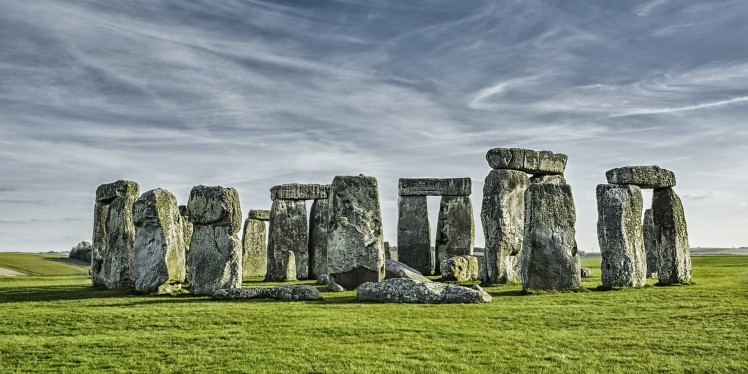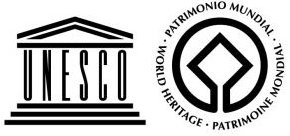Heritage sites are a symbol of worlds history. They are a representation of the past but for some people it can be hard to understand why exactly do we need to spend money, energy and time to maintain heritage sites. Are they really that important? Yes, they definitely are and spreading the knowledge of conservation for these sites is important too. It has become a growing trend to support safe and ecological tourism, particularly on world heritage sites so the future generations could also see these beautiful and historic places. And all the effort to maintain the wellness of world heritage sites is definitely worth it.

Heritage sites are vital for local and in some places even national economics. These sites bring a lot of heritage tourist to certain areas especially if there is a fascinating historical story related to the site. For example, at some rural areas tourism is only economical income to local entrepreneurs and without tourism there wouldn’t probably live anyone because it’s not financially reasonable. Heritage tourism boosts local economies and create jobs. At the same time Heritage conservation has proven to be a thriving place for entrepreneurship and innovation. For locals maintaining the condition of these places is important. It secures that their heritage site based business can be done in future too. Also the heritage sites often have special meaning for local community.
For example, Machu Picchu have long and interesting history which brings tourist all over the world to a very difficult location at Peru’s mountains. Local economy would probably be much worse without tourism.

Nowadays they have done good job by setting strict order what customers can and cannot do there. Without these rules the harm caused by tourists to this historic city would be bigger, meaning that in future there might be anything left from Machu Picchu.
UNESCO’s World Heritage mission is to spread knowledge and collect and locate donations to threatened sites. The World Heritage Fund provides about US$4 million annually to support activities requested by States

Parties in need of international assistance. It includes compulsory and voluntary contributions from the countries (States Parties), as well as from private donations.
The World Heritage Committee allocates funds according to the urgency of requests, priority being given to the most threatened sites. They also have Funds-in-Trust system, where countries donate to support specific projects with defined goals and objectives.
-Jesse Sjölund
Sources
Barcelona field studies centre 2016. Machu Picchu: Impact of Tourism. http://geographyfieldwork.com/MachuTourismImpact.htm
UNESCO 2016. Funding. http://whc.unesco.org/en/funding/
Interesting thoughts, I also feel that it is important to protect and maintain World Heritage places. Not only because they can disappear, but also because they tell where we come from and what it was like in the past.
– Lotta Syvänen
LikeLike
We really agree with the point of spreading the knowledge of conservation and creating awareness. It is important that people see the reason behind the preservation in order to get them to act. The importance is obvious: our future generations should be able to learn from those places with outstanding universal value and experience the past. We really have to keep in mind that built environments can’t regenerate itself, so once they’re gone, they’re gone forever! Let’s prevent them from further damage!
– Katrin Agneskirchner, Laura Milz and Sanrda Piehler
LikeLike